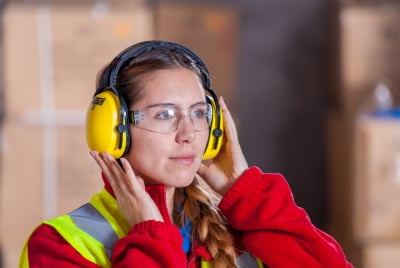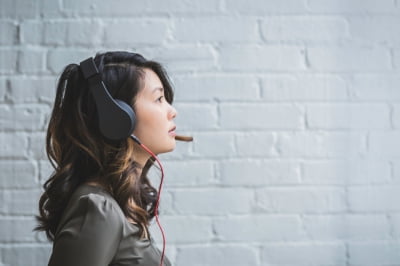- Home
- Podcasts
- Lifestyle Posts
- On the job ear protection
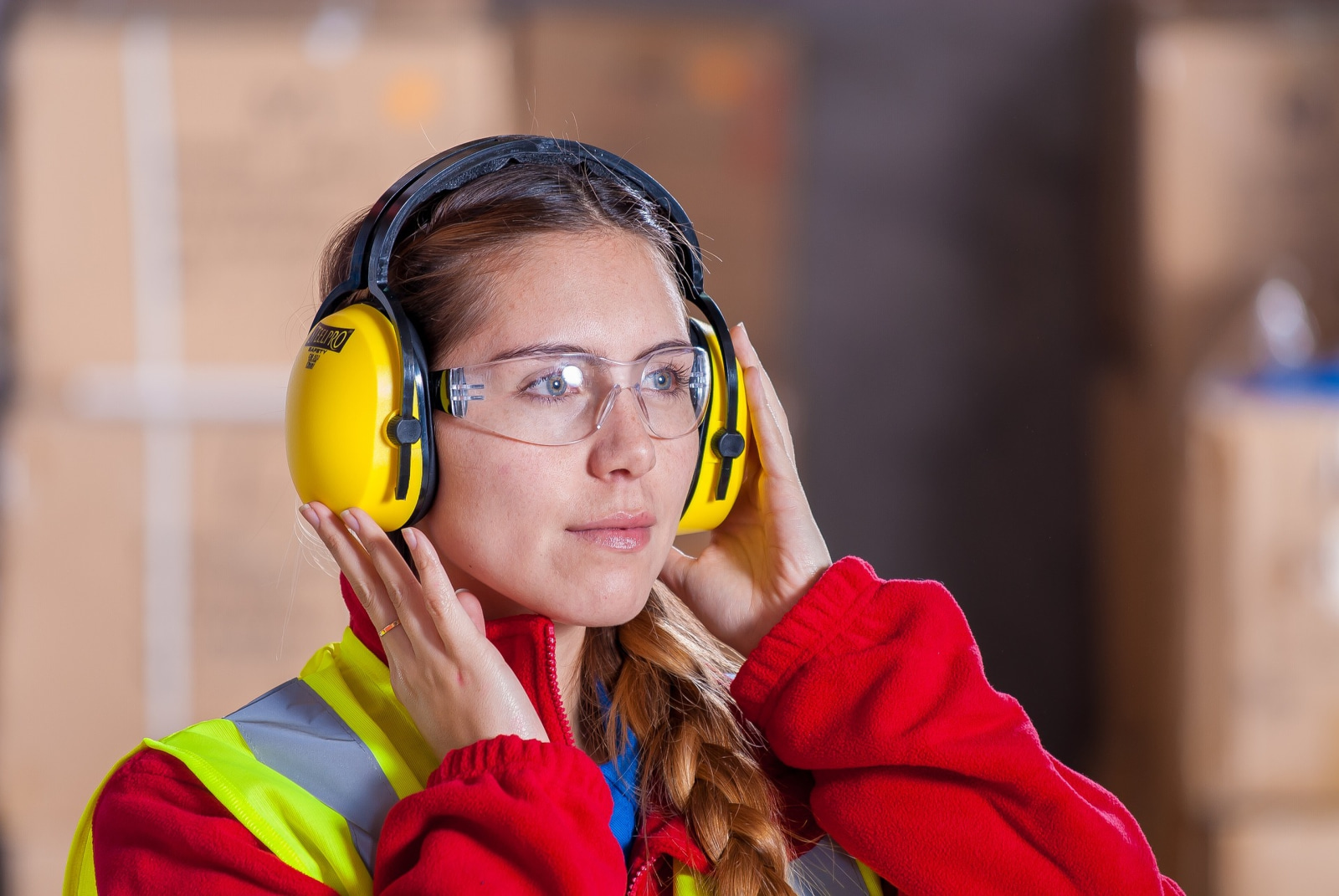
Hearing Protection
Custom Ear Protection
Is there a difference between earplugs for hunters and earplugs for shooters?
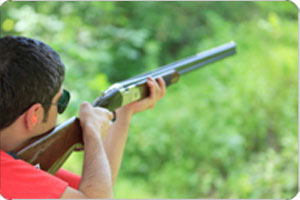
Hearing protection earplugs have become very specialized based on the application. For target shooting, we recommend maximum protection through solid earplugs, perhaps even coupled with earmuffs. For hunting, because you need to be able to hear movement in the brush and the location of your companions, you will probably prefer a filtered earplug that only shuts down as noise reaches a certain level such as the discharge of a firearm.
What are the benefits of using custom-fit earplugs?
There are many benefits to using a custom earplug over a generic fit product. Since custom earplugs are made from impressions of the user's ears, they fit perfectly and the comfort level is unparalleled. These earplugs are user friendly, making for fast and easy insertion. If the earplug isn't properly seated in the ear, the user will know immediately because it won't feel right. In fact, because they exactly match the user's ears, it is nearly impossible to wear custom earplugs incorrectly. Custom earplugs are also more sanitary since dirty fingers can position them into the ears without touching the canal portion of the earplug. The earplugs can even be washed or sterilized. They are also quite cost effective. Custom earplugs are compatible with 99% of ear sizes and shapes.
How do I know if my hearing is in danger?
Although we don't think about it too much, our body actually sends us lots of signals to let us know when we're in danger. We feel the heat as we get burned; we feel the ache in muscles that are being overworked; we can't keep our eyes open when we're in need of rest. Our hearing is no different. If you've ever been to a concert or the races or out target shooting and had ringing in your ears afterward, that's your body's way of letting you know your hearing is at risk. If you still have ringing the next day, you could be in big trouble. If you continue putting yourself in loud noise situations without adequate hearing protection, it is no longer a question of whether you'll suffer permanent hearing loss, but how soon.
Source: Westone Laboratories
Gun club and show events

Kaczmarski Hearing Services would be happy to speak about the benefits of hearing conservation at one of your club events. If your club has enough participants we are capable of “setting up shop” and making custom ear plugs on site for your members at a club meeting or shooting event. If you are interested in this service please contact us for pricing and availability.

Motorsports

Designed primarily for motorsports enthusiasts to wear under a helmet to help eliminate wind noise and protect hearing, these devices are made in soft vinyl or medical grade silicone and feature a hollow canal style for the greatest comfort. Low profile, canal style earpieces feature a handy removal handle for ease of use.
If you go to the race track or drive a race car, be sure to protect your hearing. The best prevention against hearing loss is hearing prevention. The roar of any high performance engine can exceed 85 dB. One way to recognize this is to determine if you have to raise your voice above normal conversation levels to talk to someone around you.
Custom ear plugs are comfortable to wear and easy to clean. You can use and own the same pair for a long period of time, they last! Kaczmarski Hearing Services can also order and fit custom communication equipment.
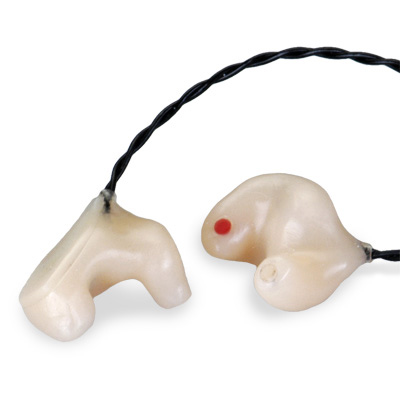
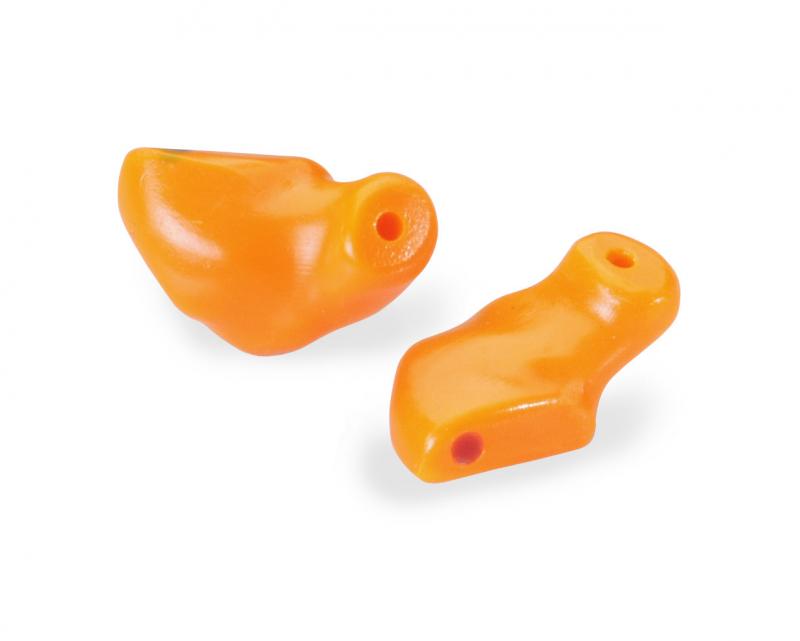
This racing headset was designed specifically for race drivers to receive communications from their pit crew. The soft, full shell custom earpieces feature a low profile design for comfort under the helmet. The RH-1 is compatible with many racing communication systems and the custom fit provides around 25 dB of noise suppression. It features a 15-inch hardwired black V cable and 3.5mm mono plug.

Hearing Protection for Musicians
Sound Advice

No matter how you look at it, there's one basic formula that leads to hearing loss.
TIME + EXPOSURE = LOSS
Many of us wait until it's too late to do something. This may be because the warning signs go away after a period of rest, or that you think you're invincible. But, by the time you notice there's a problem, hearing loss has already occurred. If you want to do something about your hearing, you have 3 options:
- Control the volume at its source
- Passive Hearing Protection
- Active Conservation
Turn It Down: Strategies To Control Volume At Its Source
Here are a few simple strategies that you can use to turn the volume down.
Every situation is unique, so some of these ideas may or may not work for you (in your environment). You may want to combine some of these ideas with passive hearing protection, or the use of in-ear musicians' monitors. This section applies mainly to amplified music. If you are in a drum and bugle corps, or an orchestra, passive hearing protection may be the best solution for your situation.
DRUMS
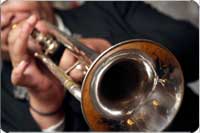
Try using smaller sticks or Blasticks/Hotrods. Consider using smaller drums and lighter cymbals to reduce the volume. Use dampening materials on the heads themselves; tape, towels or tone rings can all effectively lower the volume you produce. A little experimentation and commitment to reducing your volume will provide decent results with good tone.
GUITAR
With the coolest pedals and effects boxes ever available, the guitarist has a lot in his/her arsenal to help lower the volume and still get good tone. You may want to try tilting the speaker cabinet back so it points towards you, or raising the speaker cab/amp to ear level. Some players mic the amp in its road case. Use a compressor at lower volume to help smooth things out and give you a fuller sound.
BASS
A small amp raised off of the floor and angled toward your ears can help. Use a compressor to fatten your sound up. Many players use an amp on stage mostly to monitor themselves; the P.A. carries most of the bottom.
KEYBOARDS
Turn the volume down and use an E.Q. to help fatten things back up. Try to place the speakers closer to ear level.
HORNS
Put the horn players on a riser so that their sound is directed over the heads of other players. Plexiglas panels can be used to reflect the sound.
Passive Hearing Protection
The most common way to protect your hearing is to use passive hearing protection (an earplug). But before you run down to the local store and get some kind of foam or other generic goop that you put in your ears, understand what happens to sound when you use that type of earplug. A major portion of the high frequency signal of your music will be lost. While that may be great if you live for bottom, most of us like to hear a little sizzle on the top.
What's That Frequency?
Most generic fit solutions to hearing protection are designed with only one thing in mind - maximum attenuation (noise reduction). While that may be great if you're changing tires at the local "TIRES 'R US", for most musicians/music lovers it's just not enough. With most standard earplugs, the higher the frequency the more attenuation, or reduction, in volume you get. This makes the music sound muddy, and is one of the reasons many musicians reject hearing protection.
How Will I Know What Works For Me?
That depends on the type, and volume, of music you're playing or listening to, as well as your daily or weekly exposure level to loud sounds. How often do you rehearse; do you take the subway; ride motorcycles, hunt? All these variables should be taken into consideration when choosing which type of hearing protection, as well as how often you should be using it. Hearing loss is cumulative, that is, it is the total time of exposure and the loudness of the sound combined that contribute to hearing loss. Each one of us is unique enough that it could very well happen that two people exposed to the same conditions will differ drastically in the amount of hearing loss they suffer.
Remember Volume And Duration
Noise induced hearing loss is directly related to the intensity of the sound as well as the duration, or time, you were exposed to the sound or sounds. The total exposure is what eventually leads to hearing loss. Your body gives you warning signs, but a lot of people don't act on these signs until it's too late.
What's In My Account?
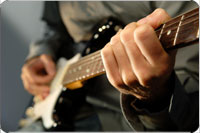
It may be helpful to think in terms of a bank account. Every time you expose yourself to loud sounds you are making a withdrawal from your account. Instead of a withdrawal receipt your body gives you a physical equivalent. Your ears feel like they are stuffed with cotton, perhaps you have a little ringing in your ears, or it sounds like other people's voices are muffled. These are all signs of temporary threshold shift; your body's way of warning you that your account could be overdrawn.
What's The Answer? Musicians' Earplugs!
The ES49 earplugs are designed specifically to reduce the volume, but not alter the frequency response of your music. You get to hear your music with all its subtleties and nuances, but at a lower volume. Special filters fit into custom molded earpieces. These filters allow you to have the amount of attenuation that is correct for your situation, and custom molding assures that they are comfortable, effective and inconspicuous, (if you desire).
Do Your Ears A Favor
The next time you leave rehearsal, practice, club, or a concert, think about this. As much as hearing aids have improved over the last few years, none will replace 100% of the hearing you were born with. The resources and the tools are out there; it just takes a commitment to protect your hearing.
Active Conservation
Over the last few years, there's been a revolution in live music. It's a revolution you can hardly see, but one you can certainly hear. From rock to jazz, from country to hip hop, the biggest names in music have come to rely upon personal in-ear musicians' monitors to maximize the quality of their live performances. Gone are heavy, bulky stage monitors and deafening volume levels. Also gone are muddy sound and off-key performances - a result of the musician simply not being able to hear what he or she was doing.
Source: Westone Laboratories
On the Job Protection
![]() Kaczmarski Hearing Services can help you and your employees protect their hearing everyday while on the job. The best way to treat hearing loss is by preventing it. With so many custom and comfortable options available hearing protection should never be overlooked.
Kaczmarski Hearing Services can help you and your employees protect their hearing everyday while on the job. The best way to treat hearing loss is by preventing it. With so many custom and comfortable options available hearing protection should never be overlooked.
TESTIMONIAL
Kaczmarski Hearing Services really made it easy for me and our tradesman. When I was looking for a long term solution to protect my hearing and the hearing of my staff I contacted Kaczmarski Hearing Services. They came to our office to make custom ear plugs for members of our team who are introduced to areas of high noise.
I have found that many people don’t always wear ear protection like they should. The disposable ear plugs often fall out and get dirty and therefore are never worn like they should be. The custom ear plugs made by Kaczmarski Hearing Services are comfortable and work well in every noisy situation I encounter. They even come with a convenient carry case that easily fits in my pocket or computer case.
Kaczmarski Hearing Services offers great products and backs them up with great service! I would strongly recommend them to anyone looking for hearing protection.
Jason Nyhuis
Lamar Construction





